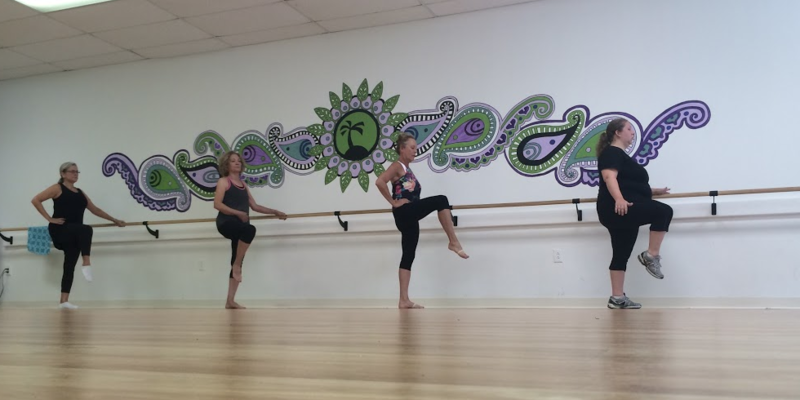
Right now, I’m working on debunking myths that circulate around dance. I’ve already tackled dance/sex (“No We Are Not Dating”), my lack of owning a dance studio (“No I Don’t Have a Dance Studio”), and today I want to talk about rhythm, coordination, and that ubiquitous phrase, “Oh, I can’t dance.”
When I tell people that I dance professionally, I often get a combination of the phrases:
Let’s talk about the first two.
If you are a living, breathing person, you have both rhythm and coordination. The last time I checked, most everyone’s heart beats at a certain rhythm. Maybe consciously, your rhythm is not completely developed, but your body systems run on a rhythm that you can’t really fuck with, even if you tried. I’m talking blinking, breathing, heart beat, etc. It’s the same with coordination.

Think about all of the movements that you make every day that require coordination (which is basically all of them). One foot in front of the other. Picking up your toothbrush. Driving a car. Shaking someone’s hand. Most of those movements became automatic at some point in your early childhood (except driving, hopefully you waited 'til your teen years to work on that one). These movements became automatic because you practiced. Have you seen a child learning how to walk? She falls. Gets back up. And tries again. Watches the people around her to see how they are doing it. Develops confidence. Tries. Tries again. Eventually gets it. Practices every day of her life until walking becomes second nature. She’s relying on coordination. And rhythm. Walking is smooth (usually).
Now that we have established that everyone has rhythm and coordination to some degree, let’s get back to that third, insidious comment, “I can’t dance.”
You’ve probably heard the African proverb, “If you can walk, you can dance,” (N.B. I know several people who can’t walk, but can still dance). You already have the tools in your tool belt—rhythm AND coordination. All you have to do now is practice. You have to learn some new steps. Learn how to move your body to more specific, less automatic rhythms.

I always say that dance is just moving to the music. There are varying skill levels—if you want to learn a specific style of dance, sure you have to learn steps, practice them, and perfect them—but you can dance at an extremely fundamental level if you want to. It’s a lot like learning another language. Think about if you got plopped down in the middle of a foreign country. You could still communicate using body language and signaling things. You might start to pick up a few phrases of that foreign language. You’d practice them. Maybe take a class and start learning more sophisticated vocabulary and sentence structure. The more you learned, and the more you practiced, the more fluent you would become, and the more you would be able to express and communicate.
Dance is the exact same way. You can always dance at some level, but you have to learn and practice a new movement vocabulary if you want to get proficient in a particular style. The only reason I have some measure of proficiency is because I’ve been practicing for the last 20 years. But I always have new things to learn and work on, places where I feel like I’m that toddler just learning how to take my first step.

So next time you catch yourself saying “I have no rhythm, I have no coordination, I can’t dance,” think about whether that is an objectively truthful statement. I bet it’s not!